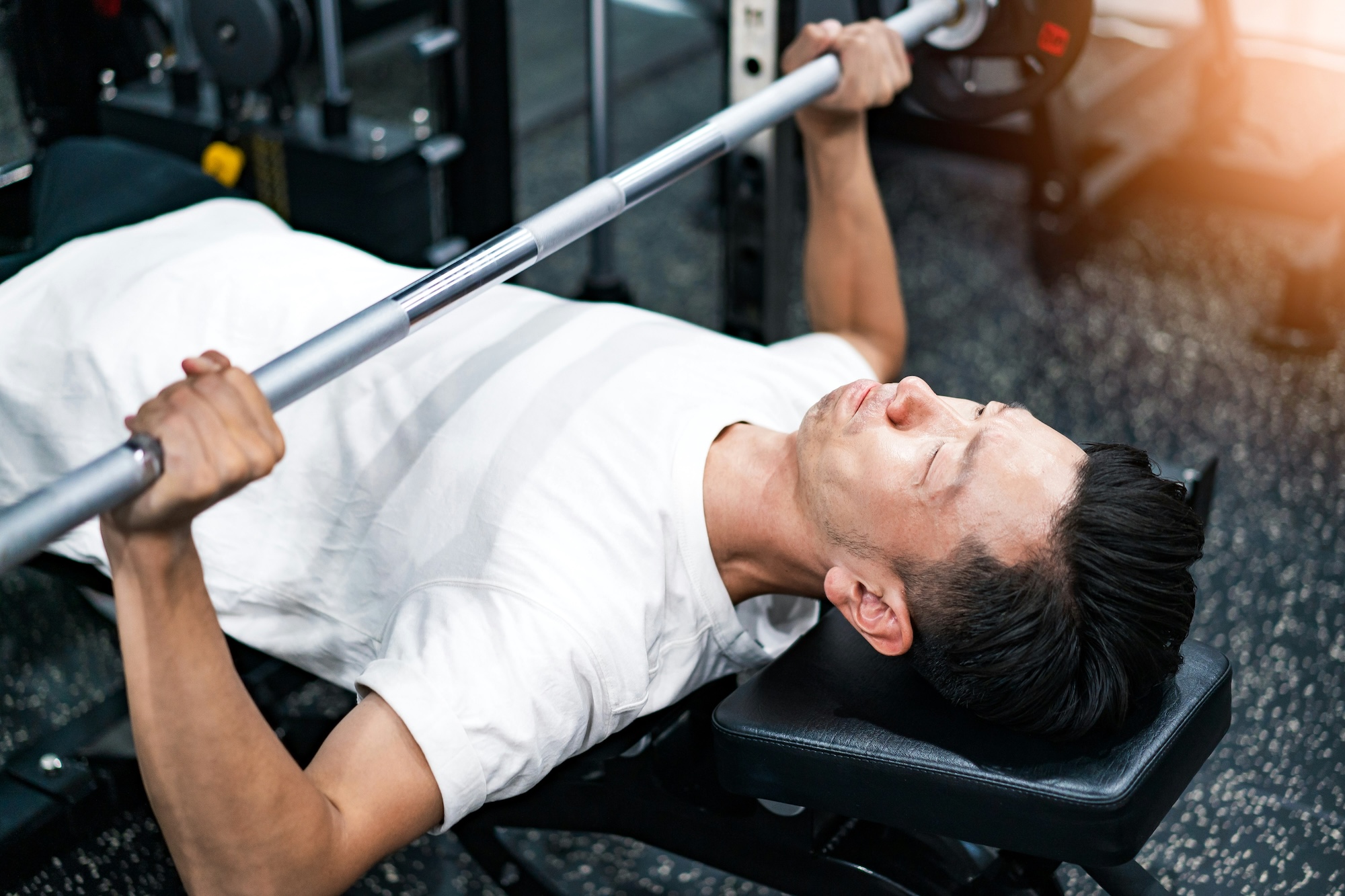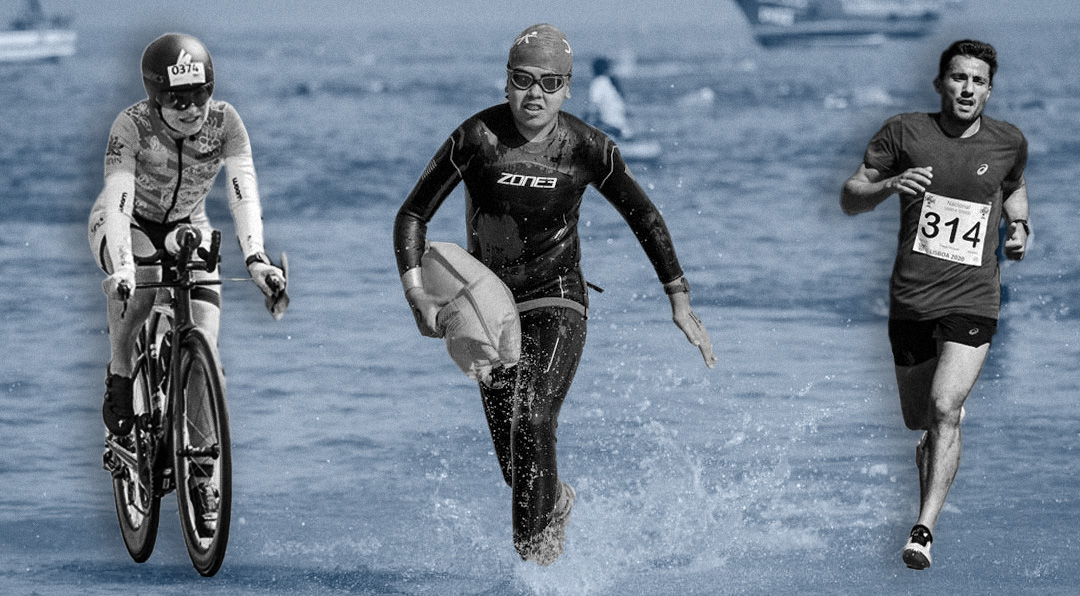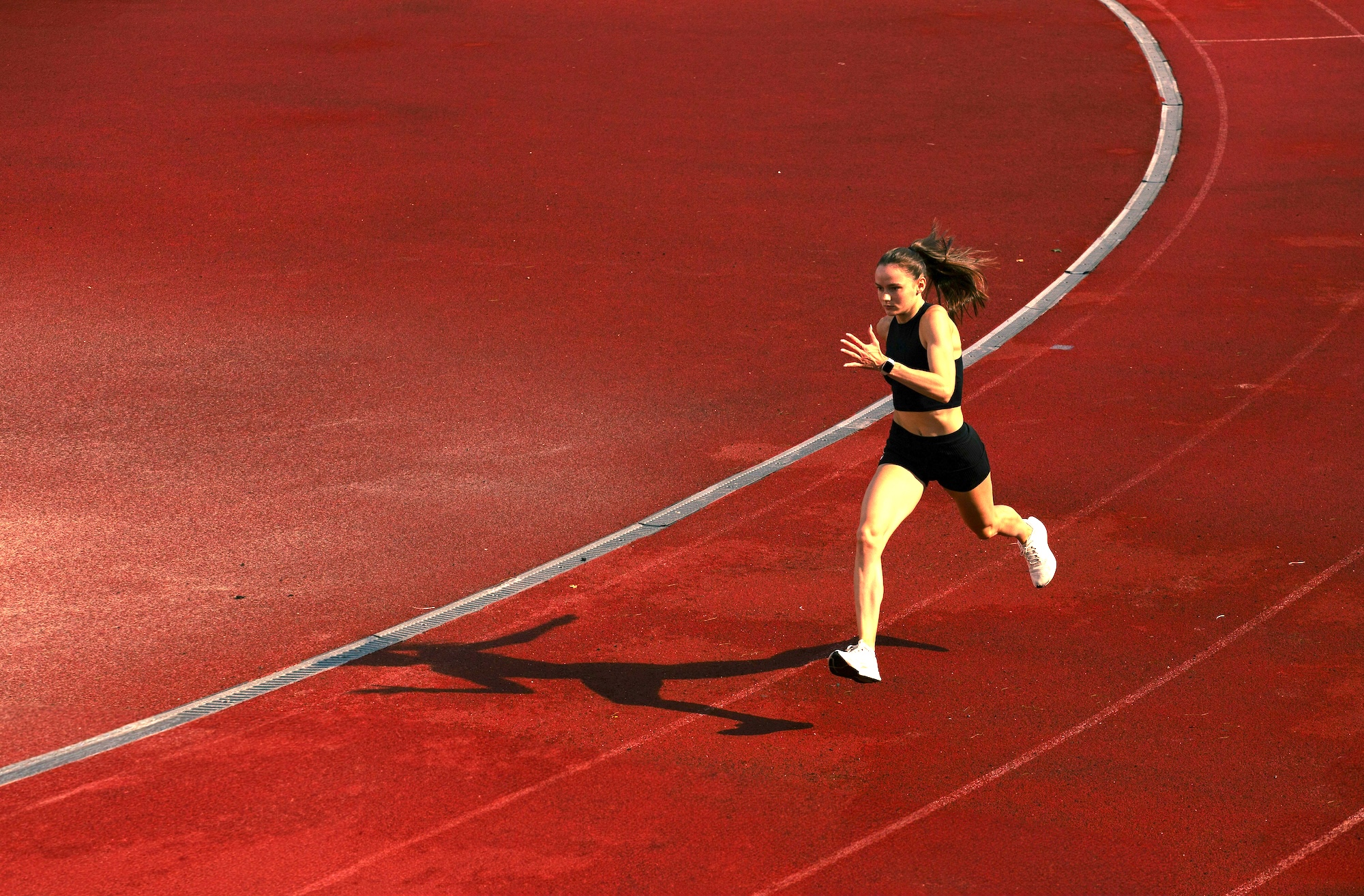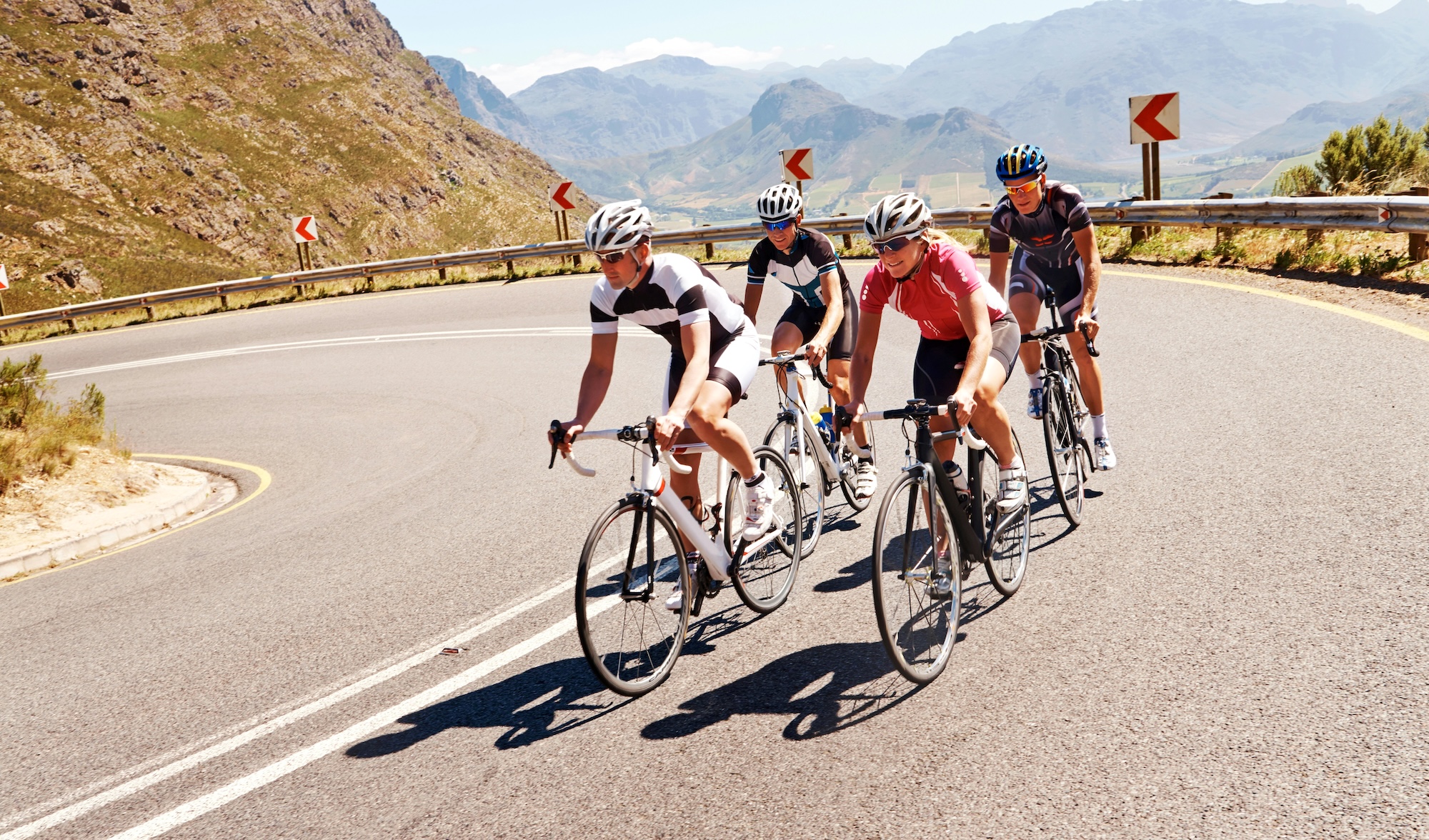A simplified guide to eating your way to recovery
Photos by Vitalii Pavlyshynets Glen Carrie, and Lukasz Szmigiel/Unsplash
Recovering from an injury or illness can be a frustrating experience for anyone, especially athletes.
When you have momentum on your side and the feeling that you are making great strides towards a personal goal, it’s dispiriting to succumb to a sudden injury or illness. Rest and recovery become crucial but what some might forget is proper nutrition.
You see, what you eat to fuel your workout is different from what you eat to encourage faster recovery. That is, you don’t just eat to replenish nutrients, you eat better to heal the body and speed up recovery. Here, we caught up with St. Luke’s Medical Center registered nutritionist-dietitian Kimberly Hung to understand how you can eat your way to recovery.
What role does nutrition play in recovering from injuries and illnesses?
Nutrition plays a big role in injuries because it speeds up the recovery of a person by reducing the inflammation while supplying the needs for repair. It also plays a big role in preventing other conditions or diseases during recovery from the procedure (e.g. surgery), for recovery or for preservation of the remaining function of an organ.
For preventing other conditions, nutrition is essential to maintain a healthy weight to strengthen the immune system and avoid other infections. For recovery, nutrition corrects the deficiencies that a person had during the procedure (e.g. surgery), illness, and drugs used that may inhibit absorption of other nutrients. It also fuels the body to recover from the stress that the body had due to illness or procedure.
Lastly for the preservation of the remaining function, it is also important to prevent any complications that may happen if the organ was overused.
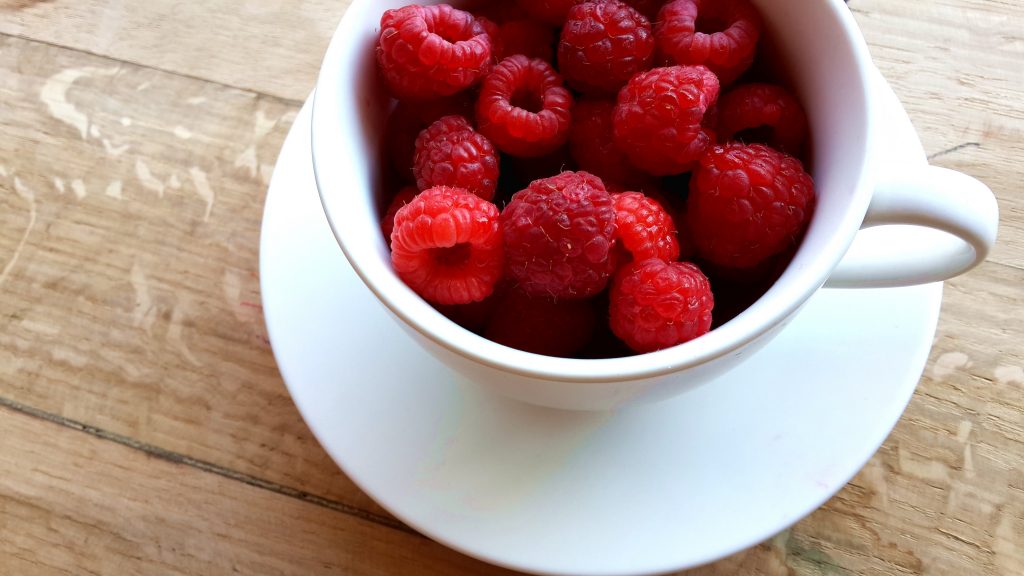
Are there specific food groups you should eat for specific injuries?
There are three stages in injury repair or healing: inflammation, proliferative phase, and rebuilding or remodeling. The inflammation phase is the first phase our body encounters after injury. Pain, redness, warmth, and swelling are the body’s responses after an injury. In this phase, the main focus of the body is to guard the injured area and to deliver the nutrients needed.
After inflammation, the next phase is the repair or profilerative phase when the damaged tissue is being replaced by collagen and naturally forms a scar. The remodelling phase sees the collagen being arranged. The scar which is made up of collagen will be replaced by stronger collagen
Every food group is essential to hasten the healing process. We just need to focus on these nutrients:
- Protein. Protein is needed for recovery, may it be bone or muscle injury, because it builds and repairs muscle and connective tissues. The protein recommendation for injured people are higher than a sedentary person but not more than the usual intake of athletes. According to the American Dietetic Association, a sedentary person needs around 0.8 grams per kilogram body weight while athletes are recommended around 1.5 to 2.0 grams per kilogram body weight. An injured athlete needs to consume around 1.0 to 1.4 grams per kilogram body weight.
- Carbohydrates. Carbohydrates are essential because it prevents protein to be used up for energy.
- Fats. There are two kinds of fat that affect our inflammatory response. As the injury occurs, we need to ensure that the inflammation will not increase or is in under control. Fats or oils that need to be avoided are chicken, pork, and beef fat, and sunflower, corn and safflower oils. These oils are high in omega-6 fatty acids that encourage inflammation. On the other hand, the oils that prevent inflammation are fish, flaxseed, soy, walnut, and canola, which contain omega-3 fatty acids.
- Vitamin C. Vitamin C is needed for collagen synthesis, which is essential for muscle repair. Vitamin C also helps in the absorption of iron, which is essential for red blood cell production. It is also an antioxidant that neutralizes free radicals. Sources are guava, papaya, citrus fruits, melons, berries, and vegetables like broccoli and red bell pepper
- Vitamin A or Beta-carotene. Beta-carotene is also an antioxidant that protects cells from free radicals. Vitamin A also helps in collagen formation. Sources are yellow-orange and dark green vegetables or root crops, animal liver, egg yolks, milk, anchovies, clams, and other shellfishes
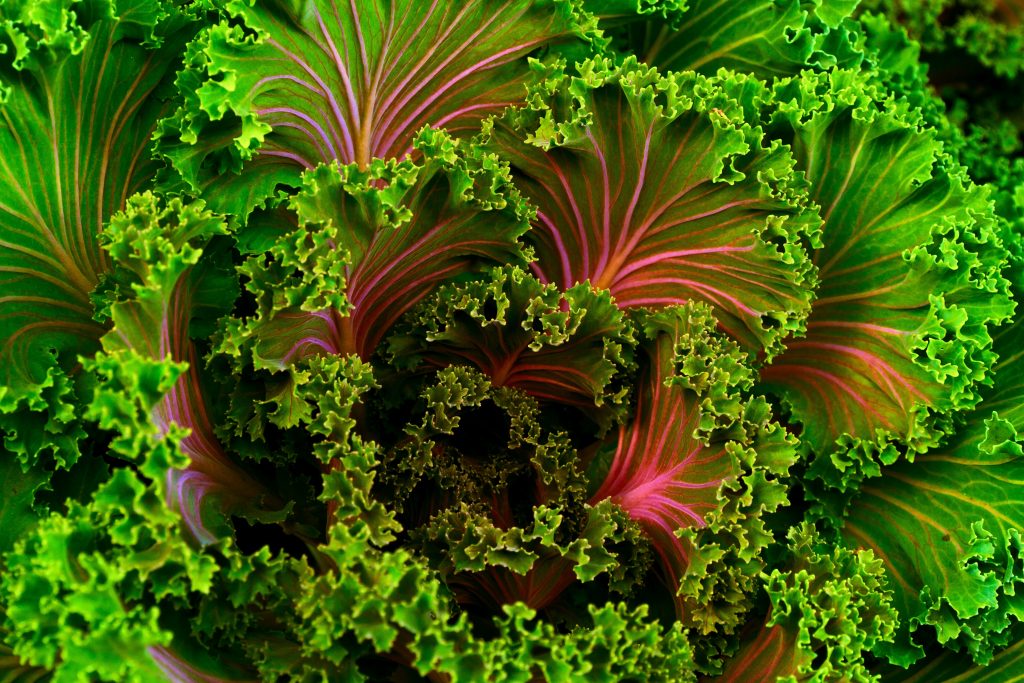
- B Vitamins (Thiamin, Riboflavin, and Niacin). They are also known as Vitamins B1, B2, and B3 respectively. They are part of different coenzymes that participate in energy metabolism. Sources are whole grains, animal products, and fortified food items.
- Vitamin B6. This vitamin is a part of a coenzyme needed for protein metabolism. Sources are protein-rich food.
- Vitamin B12. This vitamin is needed for protein and fat metabolism. Sources are animal products and fortified food items.
- Folic Acid. This is needed for activation of vitamin B12. Sources are fortified food items, leafy vegetables, legumes, and animal liver
What are the best food to eat for sore muscles and muscle cramps?
Fresh fruits and nuts are the best foods for muscle soreness because they are high in vitamin C and E, respectively. Both vitamins are known as antioxidants, which decrease free radicals produced during the inflammatory phase. And the reason why endurance athletes experience muscle cramps more frequent than strength athletes is dehydration. It is the main cause of muscle cramps among athletes. There’s no best food to cure or to eat if muscle cramps occur. But rather, water, sports drinks or electrolyte-containing energy gels can help prevent muscle cramps.














